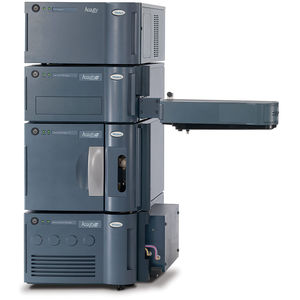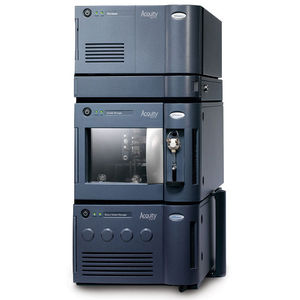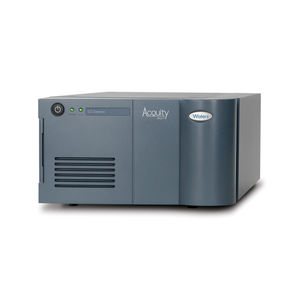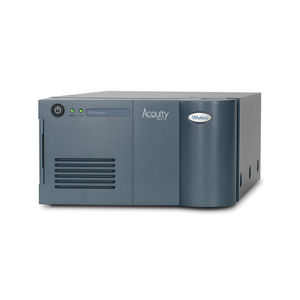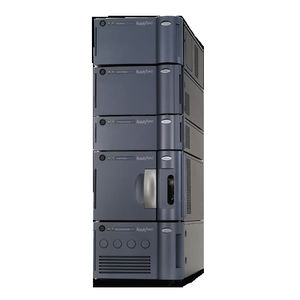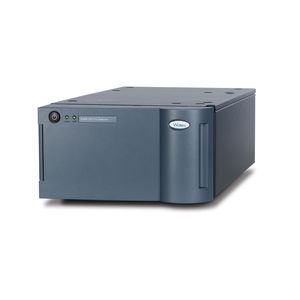
Optical detector ACQUITY UPLC PDAphotodiode arraydigital


Add to favorites
Compare this product
Characteristics
- Technology
- optical, photodiode array
- Output
- digital
Description
Ground-breaking technology takes PDA detection to the next level
The ACQUITY UPLC PDA Detector provides highly sensitive spectral information to aid in making better decisions about an analysis.
Spectral analysis from 190 to 500nm
Low-volume, light-guided flowcell improves light transmission efficiency, allowing quantitation up to 2.0 AU without compromising linearity
Definitive compound identification and co-elution detection with simultaneous 2D and 3D operation
Compound identification with spectral confidence
The ACQUITY UPLC Photodiode Array (PDA) Detector offers advanced optical detection, providing unprecedented trace impurity detection and quantitation with spectral analysis capabilities. It is the ideal detector for any laboratory application, from compound identification to method development. For routine analyses, the ACQUITY UPLC PDA Detector is reliable, easy-to-use, and has enhanced software control to provide flexibility for simultaneous 2D and 3D operation.
Features
High optical and digital resolution, low signal-to-noise ratios, and library matching provides quantitation of trace impurities at levels down to 0.004% with low signal-to-noise rations
Achieve UPLC/PDA separations with flexible parameter control and sampling rates for accurate, reproducible integration
Efficient light transmission for maximum sensitivity
Simultaneous 2D and 3D operation in either Empower or MassLynx Software
Wavelengths of 190 to 500 nm and up to 2.0 AU without compromising linearity (1.3% deviation at 2.0 AU, 5.0% at 2.8 AU)
Catalogs
ACQUITY QDa Detector
12 Pages
*Prices are pre-tax. They exclude delivery charges and customs duties and do not include additional charges for installation or activation options. Prices are indicative only and may vary by country, with changes to the cost of raw materials and exchange rates.




